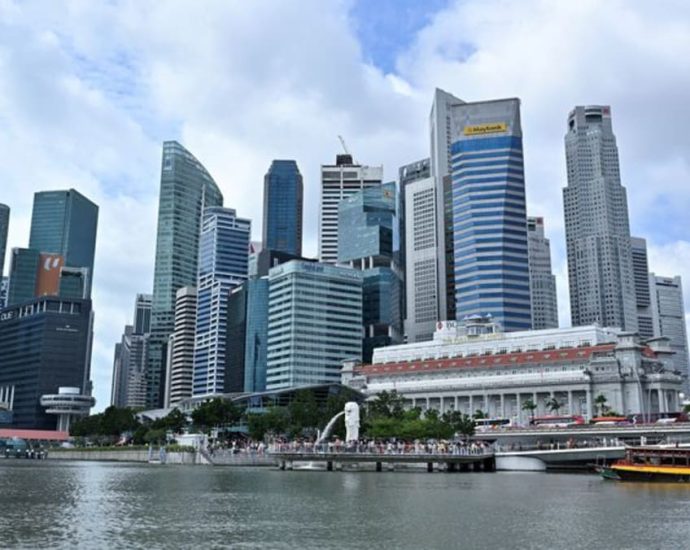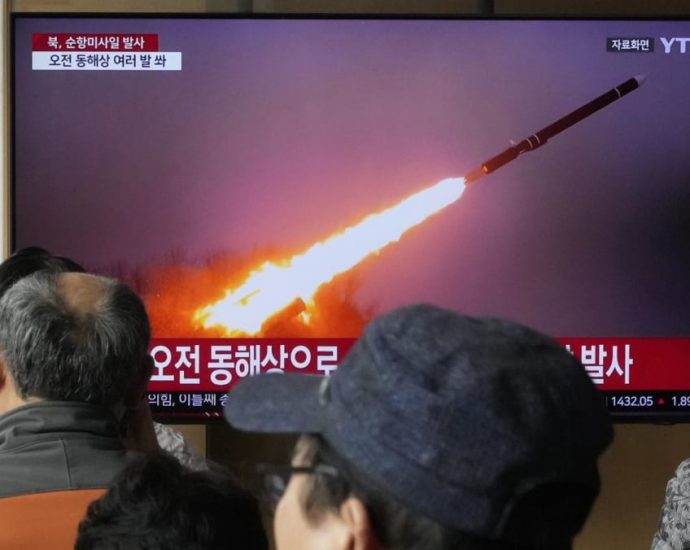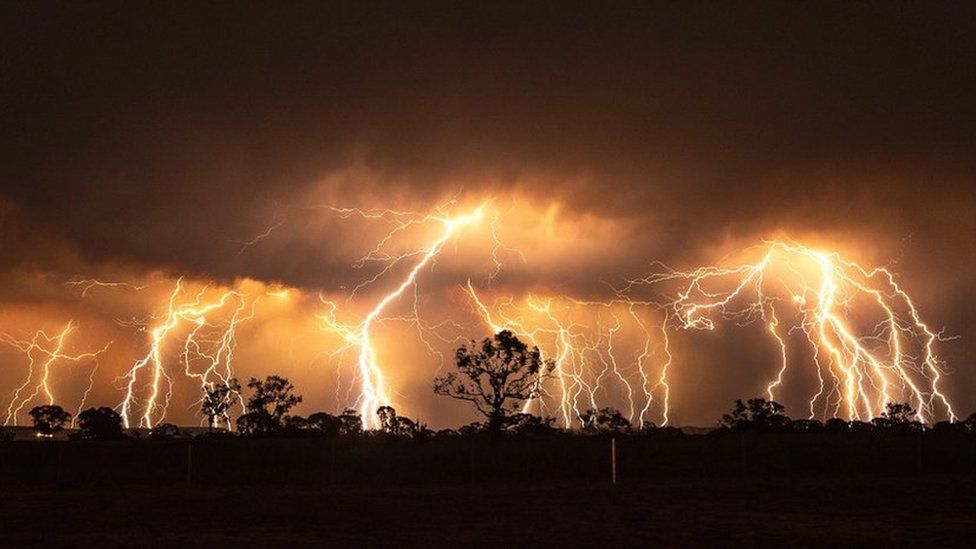As it happens: Indonesia elections 2024 results â Prabowo Subianto claims victory based on early counts

Mr Prabowo Subianto has claimed victory in Indonesia’s presidential election based on early counts, making it the third time lucky for the defence minister after previous attempts for the top job. He added, however, that the public should wait for official results from the General Elections Commission (KPU).
The former general has secured over 58 per cent of votes according to some pollsters focusing on the region, ahead of rivals Anies Baswedan and Ganjar Pranowo.
“On behalf of the Prabowo-Gibran team and the Indonesian coalition, we are grateful for the quick count results. All counts, all survey institutions, including institutions that are on the sides of other presidential candidates, show the numbers that Prabowo-Gibran won (in) one round,” said Mr Prabowo to racuous applause at the Istora Senayan stadium in Jakarta.
He added: “The campaign is over; we must unite once more. Indonesians want harmony among their leaders and adherence to traditions and the teachings of our elders to seek friendly relationship rather than enmity. Indonesian culture does not favor disparaging one another.”





















